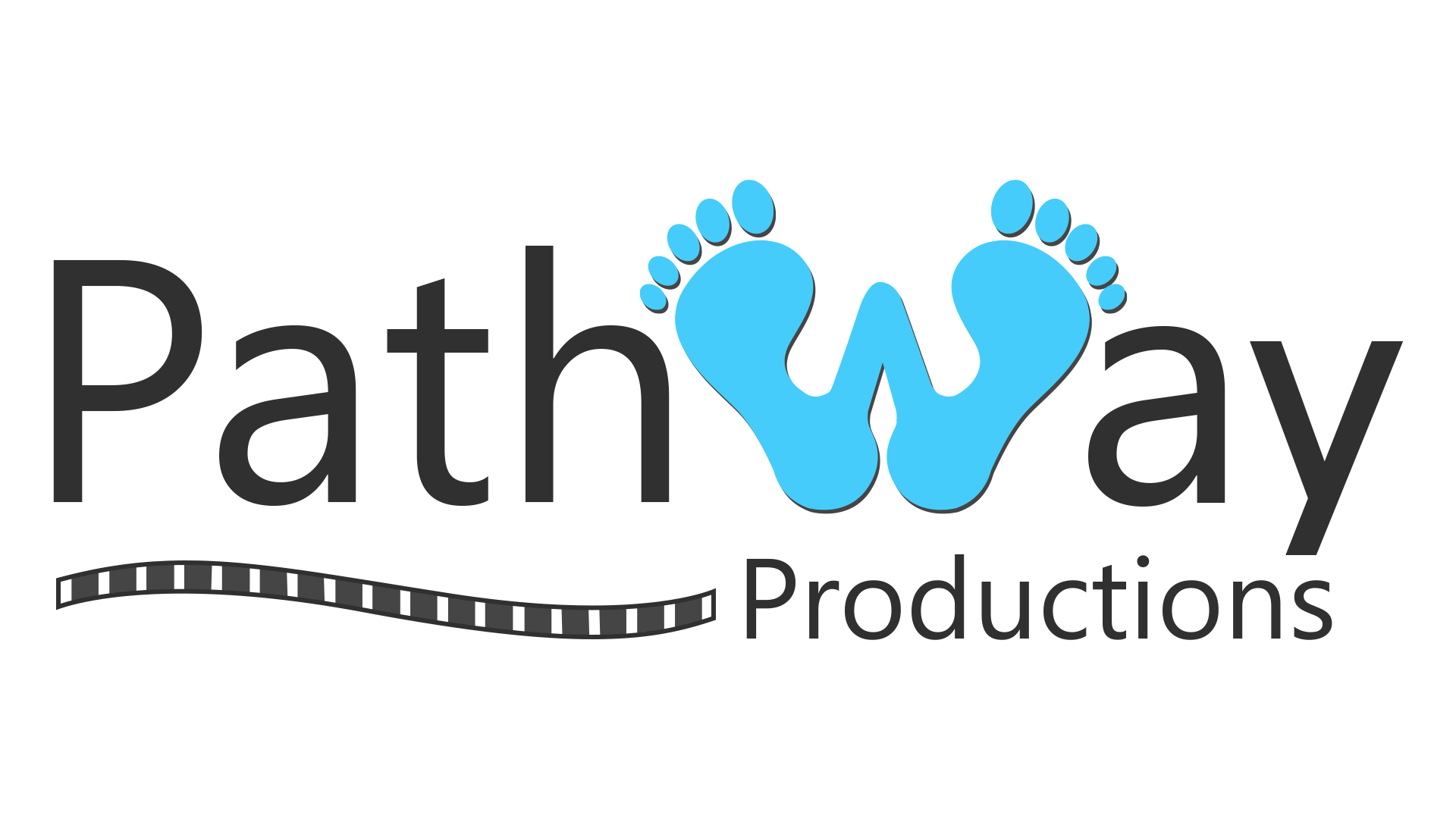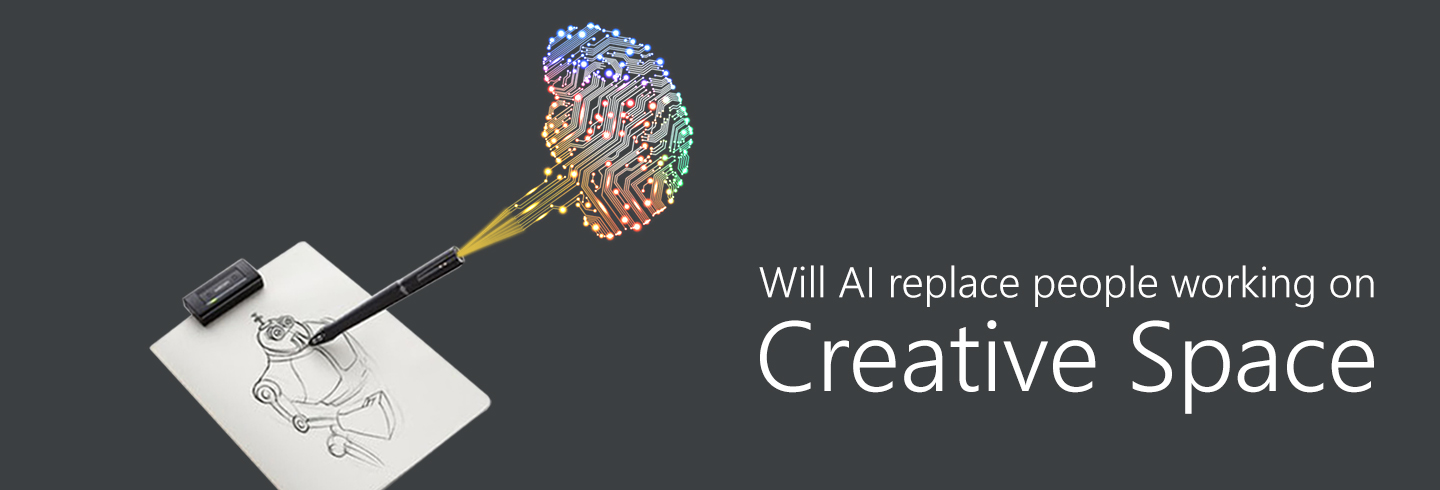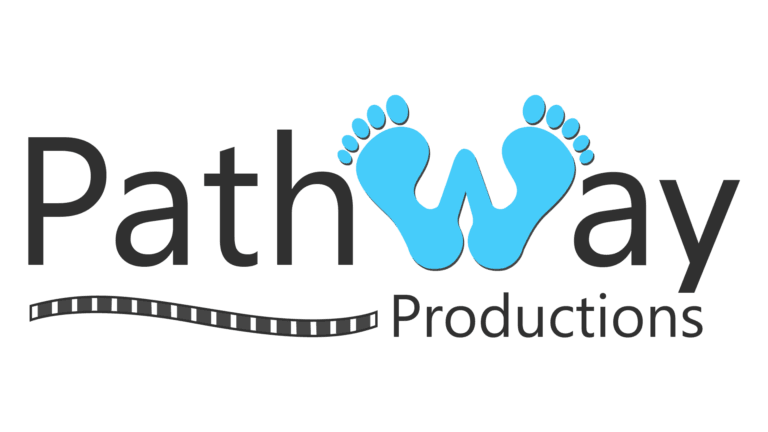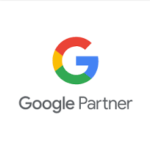Can AI Replace Humans in Creative Work?
Coca-Cola is one of the most celebrated brands on earth, it’s known for developing some of the most creative and exceptional ads. Can artificial intelligence replace creative jobs? Mariano Bosaz, Coca Cola’s global digital director, wants to explore this alternative. Bosaz intends to start experimenting with automated ad narratives. This entails using bots for editing the closing credits on advertisements and using them to choose the music for the ad campaign.
Algorithms are already a fundamental part of programmatic marketing, and its use continues to grow at an unbelievable pace. But can automation ever wholly supplant the creative and artistic process? It is no surprise that Marketing agencies insist on the impossibility of this ever happening. They believe that companies still need human creativity to develop ad ideas. However, they all agree that some aspects of the trade will be taken over by AI applications particularly manual and time-consuming tasks. For instance, marketing managers will lose their jobs. Their job entails moving numbers around on a spreadsheet and adjusting the ad campaigns based on what is performing, in this regard the AI will obviously be way better and faster than a person.
While it is very clear that some parts of marketing and advertising can be replaced by AI, as they are better in data mining and analyzing tons of data in less than fraction of second to find a pattern, the big question still remains unanswered, can AI create create something original. In order to understand this we need to clearly define what is creativity.? (Refer earlier article about the difference between Creativity & Idea). Creativity is a process through which we find a solution or an idea to a problem in-spite of several constraints. Finding this unique path to solve a problem requires several iteration’s in human brain. While Human brain can process things at lightning speed, it does not have the capacity to access the database like machines. AI has the capacity to workout several permutations and combinations with data and patterns from several artist across the globe over a period of time, this is more like a super powered integrated human brain of thousands of human’s. Yes, they will create their own ads.
The best example of ads using AI could be found on a bus stop billboard located on London’s Oxford Street. It utilized genetic-based algorithms and facial tracking technologies to recognize the aspects of the digital poster that people focused on most. It then integrated this information in its next evolution since it changed every second. Its designers at M&C Saatchi were surprised at how fast it learned. In less than three days the billboard was designing posters that were in line with current marketing trends and best practices which had taken a few decades of human trial and error for humans to develop. For example the realization that only 3 to 5 words make the best slogans.
This leads as to one question, how far are we from the day AIs will be better than creative ad designers at designing and generating ads. Ad designers should be unnerved by this. However, for the foreseeable future, we need human creativity as an origin of ideas. Presently the marketing industry uses AI in two rudimentary ways. First AI is used to analyze markets and people through machine and data learning. Lastly, AI is used to create interfaces that are meant to undertake basic marketing tasks. Numerous ad agencies are establishing AI departments and mining the data they have on users through social media and tech companies thus making advertising better and faster. Also, advertising is primarily an emotion-based industry; this means showing certain things to a specific audience will evoke specific responses. Ad agencies are integrating this aspect in their AI applications by personalizing advertisements. AIs can now design personalized ads that appeal to people individually.
Although AIs can do a lot, it cannot replace human creativity or charisma, yet. People involved in creative industries always have a need to be incorporated in the process. They ensure the experience provided comes to life and that the voice is right. Furthermore, AI does not mean an apocalypse of all our jobs instead it will also offer new openings. For instance, copywriters could start working with AIs to come up with ad scripts. Also, there will be an upsurge in the number of persons required to complete these sophisticated and personalized ads. There will arise a need for new positions like executives with AI know-how.
An estimated 90% of the world’s data has been developed in the last five years, and as a result, we need all the help we can get from AIs in sorting and mining the various insights. On the other hand, Creativity is in such high demand that it has made discovering exciting and unusual trends more crucial than it has ever been. AI has a long way to go before completely replacing creative ad makers, however the possibility cannot be ruled out. Currently, it exists as a tool meant to augment our intelligence and help us develop more satisfying customer experiences.




